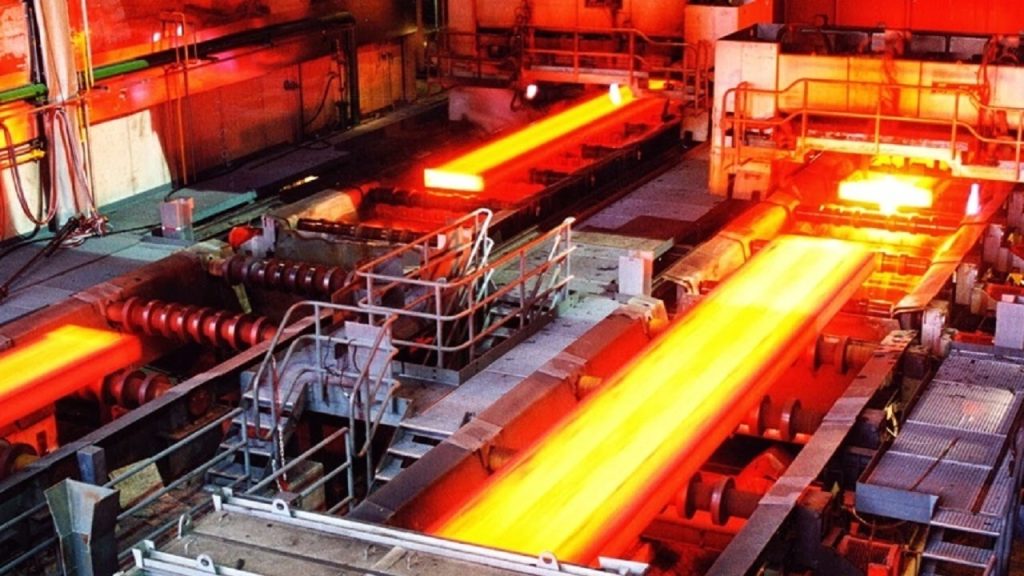The basic metals industry is one of the most influential and important industries in the Iranian capital market. This industry is the second largest industry in the Iranian capital market after the chemical industry with an 11% share of the total value of industries listed on the Tehran Stock Exchange and OTC.
The profitability of the steel industry in Iran is mainly affected by:
The first is the world price of steel, the exchange rate situation and changes in the prices of raw materials, especially iron ore. The world price of steel, like other basic metals, depends on the economic situation of China as the largest consumer of steel in the world.
The second important factor is the exchange rate, which will lead to higher exchange rates of export currencies of the country’s steelmakers.
The third factor affecting steel companies is the price situation of raw materials, especially iron ore.
Iran ranks tenth in the world and first in the Middle East in terms of steel production, and with the production of 29 million tons of steel in 2020, it has increased its share of regional production to about 70%.
The largest steel producers in the country:
Isfahan Mobarakeh Steel
Isfahan steel company
Steel of Khuzestan
Iran has 88 active steel production units with a total nominal capacity of 40 million tons per year. The amount of steel production in Iran during the recent years was less than the required amount and for this reason, Iran bought and imported the required steel from other countries, but due to the growth in domestic steel production, Iran to one of the countries. Has become an exporter in this industry.
Steel in terms of Rial volume and some exports, has grown significantly in recent years, and this has caused the metal to become an important product in the country’s export basket. The country’s goal is to produce 55 million tons of steel by 1404, for which purpose there is a need for special investment in the production chain and infrastructure needed by the industry.
On average, the investment amount in the implementation of the planned projects for concentrate units is equal to 50 Euros per unit of capacity, pelletizing units 55 Euros per unit capacity, direct reduction units and blast furnaces 120 Euros per unit capacity (full unit capacity). Electric and oxygen converter) is equivalent to 200 euros per ton of capacity.
According to the World Iron and Steel Association, in 2019, Iran ranked 10th in the world in terms of crude iron and steel production with a 30% growth. Meanwhile, the growth of crude steel production in other countries and even in the top 3 countries this year according to Figure 1 has been very low or even negative. This growth trend has taken place while the United States has imposed sanctions on Iran’s steel industry and banned the sale of steel equipment and raw materials to Iran.
Iranian steel products are exported to more than 120 countries. Thailand has the largest market share of Iranian steel products with 17% (1.5 million tons). After that, the UAE with 16% (1.4 million tons) is the second, Iraq and Indonesia with 13% (1.2 million tons) and 12% (1.1 million tons) are the third and fourth buyers of Iranian steel products, respectively.
Iran’s top export markets in terms of exports
It is different in different types of steel products (five categories: flat steel products, long steel products, semi-finished steel products, steel pipes, stainless steel products).

